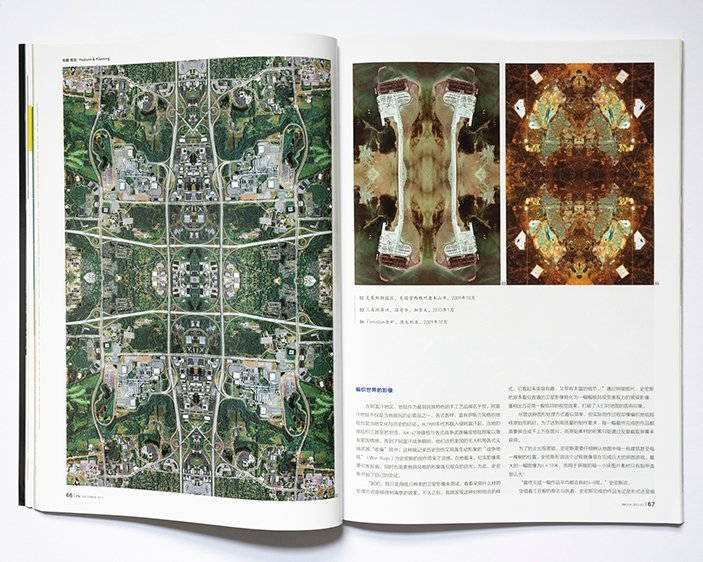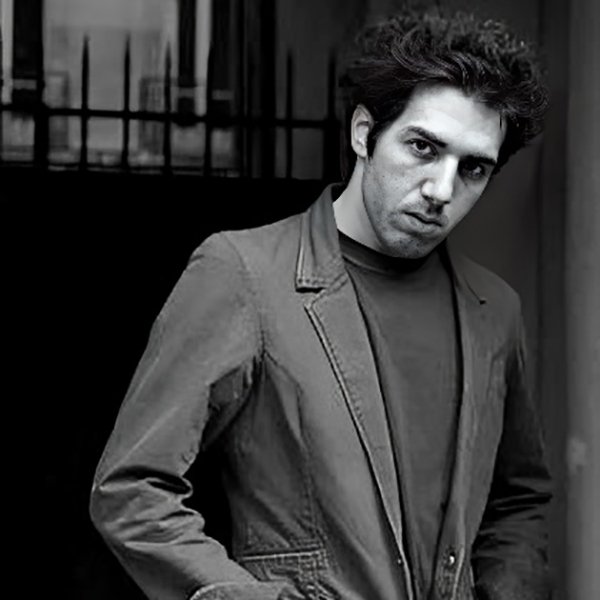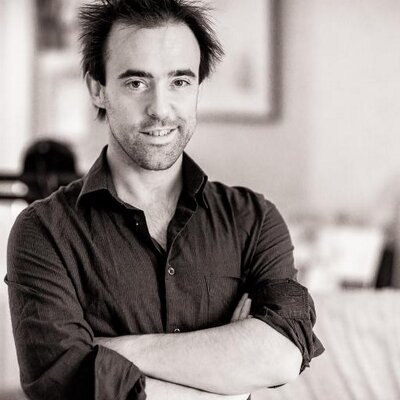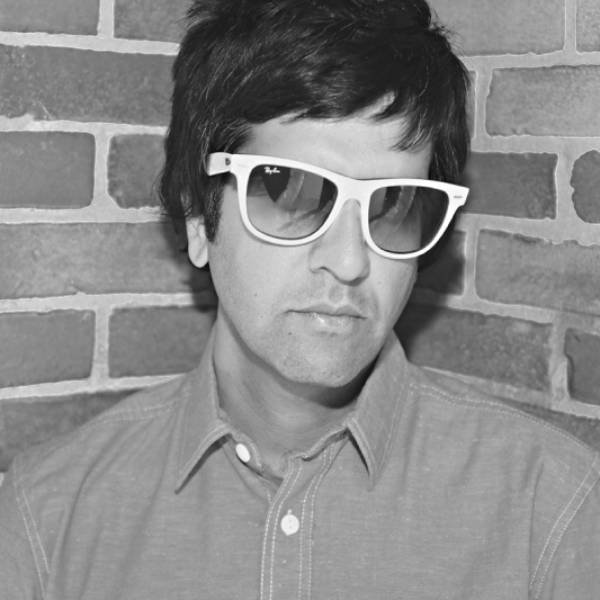Ireland –
Emaho : You began as a documentary photographer but now you work more as an abstract artist. Would you consider your current work to be documentary?
I think it depends on how you define documentary. Personally, I think that “Anthropocene” is still documentary, admittedly it’s on the very fringes but I think that the work still retains a lot of documentary features; however, if you see documentary as 35mm, un-cropped, black and white, we may not agree and that’s fine too. All I’m trying to do is to tell a story and leave a record. Isn’t that what documentary is all about?
Emaho : Could you explain the term you use for your exhibit, “Anthropocene”?
Anthropocene has the same root as Anthropology. ‘Anthropo’ comes from the Greek for man or human, while ‘cene’ means new –‘cene’ references that it is part of the Cenozoic geological period.

Emaho : Your work deals exclusively with land that has been marked by human activity and consumption. Have you looked at land that is untouched by human presence and if so do you find there to be a difference?
I haven’t looked at any of the land untouched by human hands, but such places are few and far between these days.
Emaho : We often associate mining with pollution and destruction yet your work transforms these areas into beautiful designs. Is this the point?
Yes. I wanted the areas to be as aesthetically pleasing as possible in order to draw the viewer in.
Emaho : The satellite images act both as a setting and a medium for your works. Have you personally visited any of the areas captured in the satellite images you use?
I’ve never actually visited any of the places that are featured in the work.

Beijing
Emaho : What advantage does distance give your work? Why use satellite images?
Distance can help us to see things in a new way. Gaining a new perspective can help us realize the oneness of everything. Astronauts speak of a cognitive effect, known as the overview effect, which many of them have experienced from looking down on the earth. When you’re up there you realize how fragile we really are.
Emaho : How do you choose what places or images to composite? Do the patterns occur naturally?
The choice of location was based on both socio-economic importance, as well as how aesthetically pleasing to the eye a location could be.
Emaho : Your exhibition statement connects both the aesthetic and documentary styles of your work to the rugs made by Afghani weavers, as those document the world around them. Was it this theme of documentation that led you to surveillance images?
Yes, I was concerned with the idea that our entire world has been already documented, that the task at hand is not necessarily the creation of new documents but their interpretation and contextualisation.
Emaho : Would you consider documentation and surveillance to be the same thing?
I’d definitely consider them to be one and them same; however, they are the same materials being put to different uses. Documentation is the creation of a historical narrative that future generations can reference and learn from. Surveillance on the other hand is a tool of oppression used by those in power to control us.

Las Vegas
Emaho : Do you have any plans for future projects dealing with the theme of anthropocene?
I have another body of work entitled “Arecibo” which looks at the historical development of humanity. I’m also working on another series called “Aquarius”. “Aquarius” deals with the concept of trans-humanism.
Art & Culture Interviewed by Hilary Devaney














